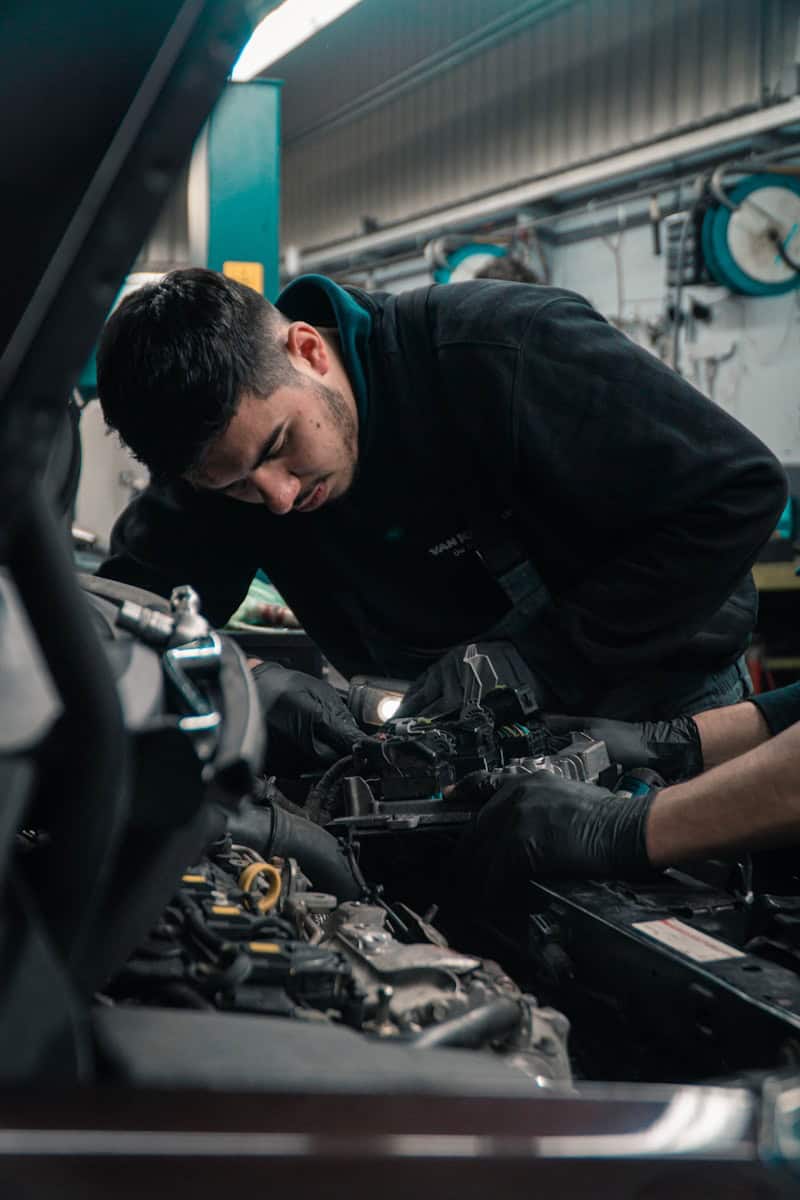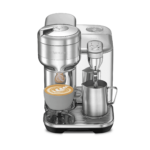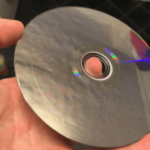When a car’s check engine light turns on, it may be due to a specific code, known as a diagnostic trouble code or DTC. One common DTC is related to the engine temperature, which indicates that the engine is not warming up quickly enough. This is a problem because the engine needs to reach the right temperature to run smoothly. The car’s onboard diagnostic system, called OBD-II, checks if everything is working correctly. If it detects an issue, it turns on the check engine light and stores a code like the engine temperature-related DTC.
To determine the cause of this error, a mechanic will use specialized tools to read the code. It’s crucial to address this issue as soon as possible because if the engine doesn’t warm up, it can lead to other problems with the car. To fix it, a mechanic might need to replace the thermostat or work on the engine’s sensors. A skilled mechanic knows how severe the problem is and what repairs are necessary to ensure the car is safe and runs smoothly.
Troubleshooting Engine Code P0128
The P0128 engine code indicates a problem with your car’s coolant system. This code means your engine isn’t reaching optimal operating temperature within a specific time frame. A malfunctioning thermostat is frequently what causes this. However, there could be other reasons as well. Understanding the causes and symptoms can help you address the issue.
What Does P0128 Mean?
P0128 stands for “Coolant Thermostat (Coolant Temperature Below Thermostat Regulating Temperature).” Your vehicle’s Powertrain Control Module (PCM) triggers this code when the engine coolant doesn’t warm up to the expected temperature in a designated time.
Common Causes of P0128
- Stuck Open Thermostat: A thermostat stuck in the open position will constantly allow coolant to circulate through the engine, preventing it from reaching operating temperature.
- Faulty Engine Coolant Temperature Sensor (ECT): A malfunctioning sensor can send inaccurate temperature readings to the PCM.
- Low Coolant Level: Insufficient coolant can prevent the engine from efficiently reaching its operating temperature.
- Bad Cooling Fan: A cooling fan that’s always on or doesn’t engage can impact engine temperature.
- Other Potential Causes: Less commonly, issues with the intake air temperature sensor or wiring problems could also trigger this code.
Symptoms of P0128
- Check Engine Light: The most obvious sign is the illuminated check engine light on your dashboard.
- Poor Engine Performance: Your engine might run rough and experience decreased fuel efficiency.
- Issues with Heating: You may notice that your car’s heater isn’t blowing hot air or takes longer than usual to heat up.
How to Diagnose and Fix P0128
| Step | Description |
|---|---|
| 1 – Check Code with OBD-II Scanner: Confirm the P0128 code using an OBD-II scanner. | |
| 2 – Inspect Thermostat: Visually check the thermostat for signs of being stuck open or damaged. | |
| 3 – Test Coolant Temperature Sensor: Use a multimeter or other diagnostic tools to test the engine coolant temperature sensor’s resistance. | |
| 4 – Examine Coolant Level: Ensure the coolant level is within the recommended range. | |
| 5 – Check Other Components: Inspect the cooling fan, wiring, and the intake air temperature sensor for faults. |
If you suspect a faulty thermostat, it’s usually a relatively inexpensive component to replace. If the issue lies in a different component, consulting a mechanic for further diagnosis and repair may be necessary.
Important Reminders
- Don’t Ignore the Code: Continuing to drive with a P0128 code can lead to decreased engine efficiency, increased emissions, and potential engine damage.
- Proper Diagnosis is Key: Accurately identifying the root cause will prevent unnecessary repairs and wasted money.
- Seek Professional Help if Needed: If you’re not comfortable with car diagnostics, a qualified mechanic can help pinpoint and fix the problem.
Understanding P0128
P0128 is a code that your car’s computer uses to tell you about a temperature problem.
Causes of P0128
- Low coolant level: Not enough coolant can make the engine too cool.
- Faulty thermostat: A stuck open thermostat won’t let the engine warm up right.
- Bad sensors: If your coolant or air sensors are not working, they can give wrong temperature readings.
Symptoms and Risks
- Check engine light on: This light on your car’s dashboard is the first sign of trouble.
- Cooling issues: The heater might not work or the car could use more fuel.
- Performance problems: The car won’t drive as well because it cannot reach the correct temperature.
Diagnosis and Troubleshooting
- Read codes: A tool can read the error code P0128 from the car’s computer.
- Check coolant: Make sure there’s enough coolant in the reservoir.
- Inspect parts: Look at the thermostat and sensors to see if they are okay.
Professional Repair and Costs
- Replacing parts: You might need a new thermostat or sensors.
- Labor: Mechanics will charge to look at and fix the car.
- Total costs: It can be different based on what parts you need and your car’s make and model.
Preventive Measures and Maintenance
To avoid engine code P0128, regular checks and timely actions are important. This helps keep your car in good shape.
Routine Inspection and Maintenance
- Coolant Level: Check this often. Make sure it’s full to avoid low coolant levels.
- Thermostat: Look at it. Is it working right? Fix it if not.
- Hoses: Inspect these for leaks often.
Proactive Component Replacement
- Thermostat: Replace it before it fails, especially in cold weather.
- Coolant: Change it as the service manual suggests.
- Sensors: Swap out the IAT sensor if it’s bad.
Guidance for DIY Fixes
- Service Manual: Read this for steps on how to replace parts.
- Tools: Use the right ones for tasks like changing the thermostat.
- Safety: Always work on a cool engine to avoid burns.
Frequently Asked Questions
Here you will find simple answers to common questions about the P0128 engine code.
How can I resolve a coolant temperature below thermostat regulating temperature issue?
To fix this, check your engine coolant level. If it’s low, fill it up. Then check the thermostat. It may need a new one.
Can driving with a P0128 code lead to serious vehicle problems?
Yes, it can. Driving long with a P0128 code might harm the engine. It can cause it to wear out faster.
What steps should be taken to fix an engine code P0128 in a Jeep Wrangler?
First, check the coolant. Add more if it’s low. Then look at the thermostat. Replace it if needed.
Will low coolant levels trigger a P0128 code?
They can. Low coolant may cause the engine to stay cool and set off a P0128 code.
Can I continue to drive my vehicle if it is showing a P0128 code?
You can, but not for long. If you drive a lot with this code, your engine might get damaged.
Does a P0128 code automatically clear itself after addressing the issue?
No, it does not. After you fix the problem, clear the code with a scan tool.







